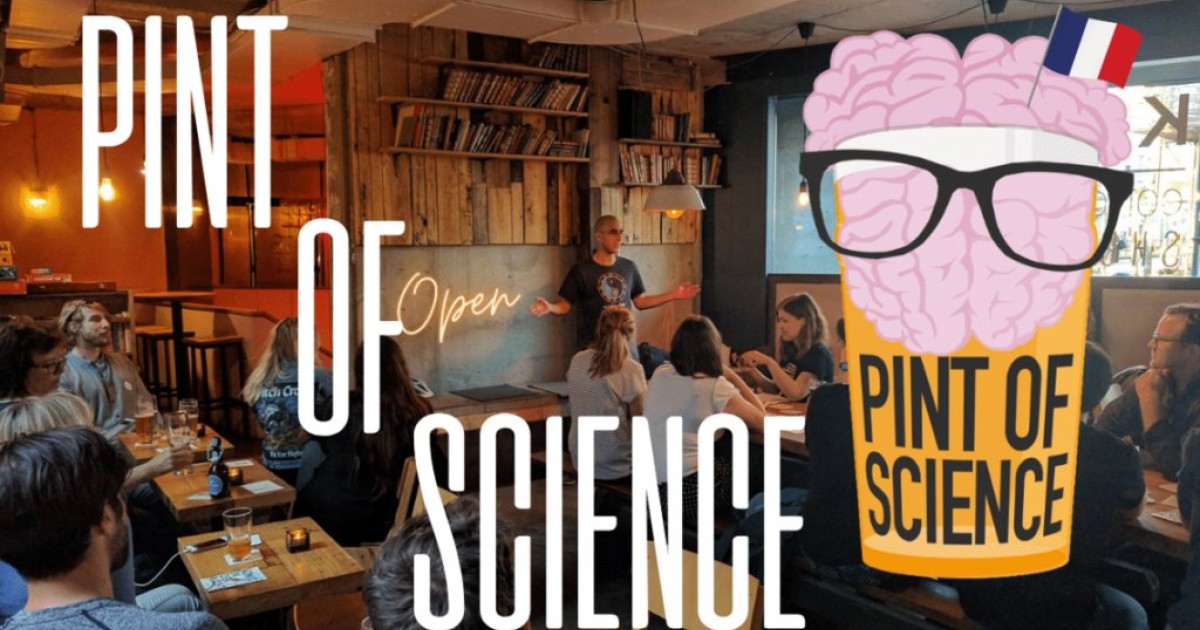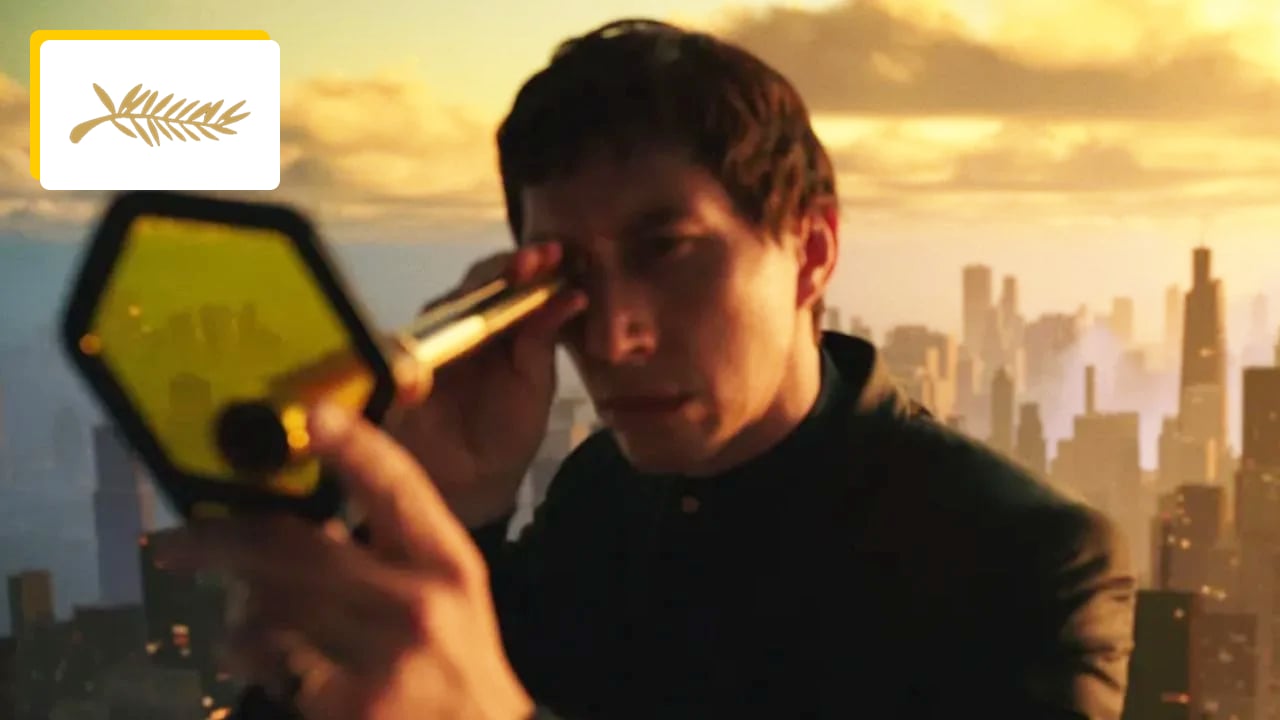
Ah, Roquefort! Ah, Stilton! Ah, Forme d'Ambert! Ah.. the charming taste of a blue veined substance.. but why this color? We know that it comes from filamentous fungi Penicillium roqueforti. We understand that the strains of this mushroom have been “domesticated,” preventing the emergence of toxins. We still know that the surface of mushroom spores is what carries the color. In 2023, Emmanuel Cotton and colleagues from the University of Brest and the Center National de la Recherche Scientifique in Give-sur-Yvette discovered that the microbial population of Termignon blue was unprecedented… but we did not know how the color blue was produced from blue. Advances in genetics have allowed Paul Dyer, Matthew Clare and their colleagues from Nottingham to identify a pathway for color formation, as well as select mutant mushrooms that provide the same taste as the primary strain, but with colors of red, pink, brown and yellow. …
The color of bruises is difficult to study, because it comes from the “melanin” found in the wall of the spores: a chemically complex substance, of which five natural types are known today, which results from the specific primary compound that makes them generate: tyrosine, L-DOPA, etc. As for the blue color of blue cheeses, it gradually became clear that DHN-melanin is involved.
How to be sure? We have previously observed, in the genome of several filamentous fungi, a set of genes involved in DHN melanogenesis. For example, in mushrooms that produce a blue color but are not used in cheese, e.g Aspergillus fumigatusWe found six genes involved in the biosynthesis of spore pigments (Alp1, ayg1, arp1, arp2, abr1, abr2): Deletion of these genes results in different colors. Then for Penicillium (Talaromyces) marneffeiwe found the same six genes, which are also found in other species of Penicillium.
And for Penicillium roqueforti ? English biochemists identified homologs of the six proteinsAspergillus fumigatusBut are the genes involved that cause pigmentation of the bruises? Application of enzymes that inhibit putative steps of biosynthesis resulted in red, pink, brown, green, and yellow colonies depending on the enzymes inhibited. The transgenic strains, with targeted gene deletions, then gave rise to colonies of diverse colors and, above all, to the establishment of the DHN-melanin biosynthesis pathway involving the six genes identified in Aspergillus fumigatus.
Can we use Penicillium roqueforti Mutants for making cheese? We must first ensure their safety. In this case, the mycotoxins produced by the created strains remained at very low concentrations, similar to those found in current blue cheese.
And the taste? For the 26 major odorant compounds, their concentrations were similar to those classically measured in blue.
However, regulations prohibit the use of mutant strains to make cheese. The use of ultraviolet radiation, which is mutagenic, is permitted. Thus, the researchers obtained mutants with changing colors… Their mutant genes are those that were identified in previous studies. In contrast, other mutants, with colors other than blue, had no mutations in the six genes, even though the biosynthesis was the same. A mystery that remains to be solved.






